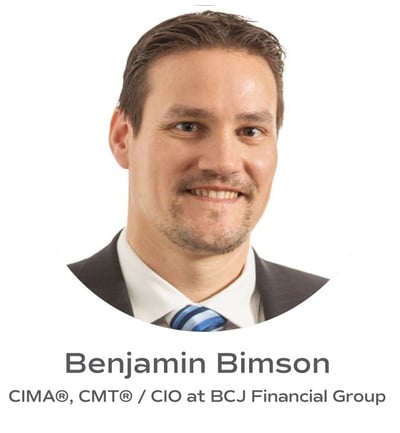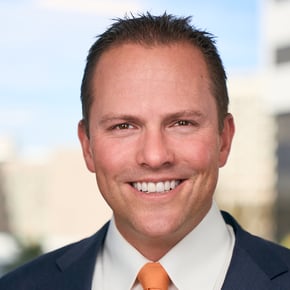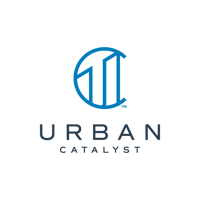
Today’s guest post is written by Benjamin Bimson, a Certified Investment Management Analyst™ and Chartered Market Technician®. Ben has focused on wealth management and financial planning for institutions, individuals, and families since 2004.
The uncertainty that comes with this COVID-19 crisis has my clients taking a hard look at their investment portfolios to see if they are still building value for their future.
And I tell them that it's not just a question of how much money you have. It’s about what kind of money it is. Do you have the kind of assets that work better and harder for you over the long haul?
We (BCJ Financial Group) look for a mix of two broad asset categories:
- Liquid – The money you have available for everyday expenses. Liquid assets are a source of consistent income.
- Illiquid – These assets grow in value over time and are your legacy investments. Real estate and Opportunity Zone Funds are illiquid, for example.
Let me summarize what we advise our clients to consider for their future.
Avoid emotionally-charged investments
No one knows with 100% certainty where the economy is heading next. But we do know investors should have a deliberate strategy rather than make “investments-by-feeling.”
We also know that the more liquid an asset is, the more emotionally charged the decision-making process can be.
As the pandemic grew in March, we saw corporate debt spreads widen dramatically, which led to people to sell off anything and everything liquid – stocks, bonds, gold, etc. – in a rush for cash. I’m sure it felt good in the heat of the moment; they probably felt like they had control over what was happening in the market.
It's the same reason why people ran out and bought pallets of toilet paper and cans of soup. They knew they at least had a stock of “rolled gold” and some Campbell’s in the pantry.
But outside of that, they didn't have much control.
Illiquid assets: No-drama investments
On the other hand, there’s less opportunity for spur-of-the-moment sell-offs for illiquid assets.
A real estate property transaction requires inspections, negotiations, and filings that can take weeks or months in this market. For example, an OZ investment is a commitment to a Fund that invests in developing housing, office, and/or retail in distressed communities over 10 years. Not only that, OZ Funds in particular, have multi-dimensional long-term appeal for investors who recently had a capital gains event.
The incentives for investing in an OZ Fund include deferred capital gains taxes for six years, and investors won’t owe any federal capital gains taxes if the investment is held for at least 10 years.
1031 exchange alternatives

A word about 1031 exchanges: this fiscal year’s window is closing.
Anyone who sold an investment or business property in late 2019 and early 2020 has less than three months (until July 15) to invest in a like-kind (equal or higher value) replacement to avoid being hammered by capital gains taxes.
The problem today is that they don’t always have great purchase options, especially in the low-inventory/high-priced Bay Area real estate market.
To find a like-kind property, many of my clients either need to borrow extra capital to purchase the more expensive property; buy a property in a far-flung, less expensive region; or purchase two or three smaller properties, which they then will have to manage.
For those reasons, OZ Funds are an increasingly attractive alternative for 1031 exchange investors. They offer longer-term tax advantages and are also a real estate investment, which 1031 exchange investors are already familiar with. Other key things to consider when investing in OZ Funds include figuring out how much you are willing to invest in an illiquid asset and where the projects are located as well as the team behind the projects.
The upshot
If you are constructing or renovating your portfolio, start by honestly assessing how much liquidity you need for your everyday living expenses and lifestyle. Talk to your wealth advisor about the right mix of illiquid assets that could secure your future and fuel your legacy.
If you can invest in something long-term that potentially returns tax-free dollars to you in the future, that earns two thumbs up from me.
Have more questions? Contact us today!
Investment Advisory Services offered through BCJ Capital Management LLC., an (SEC) Registered Investment Adviser. Information presented is for educational purposes only. It should not be considered specific investment advice, does not take into consideration your specific situation, and does not intend to make an offer or solicitation for the sale or purchase of any securities or investment strategies. Investments involve risk and are not guaranteed, and past performance is no guarantee of future results. For specific tax advice on any strategy, consult with a qualified tax professional before implementing any strategy discussed herein. BCJ FG 20-62


